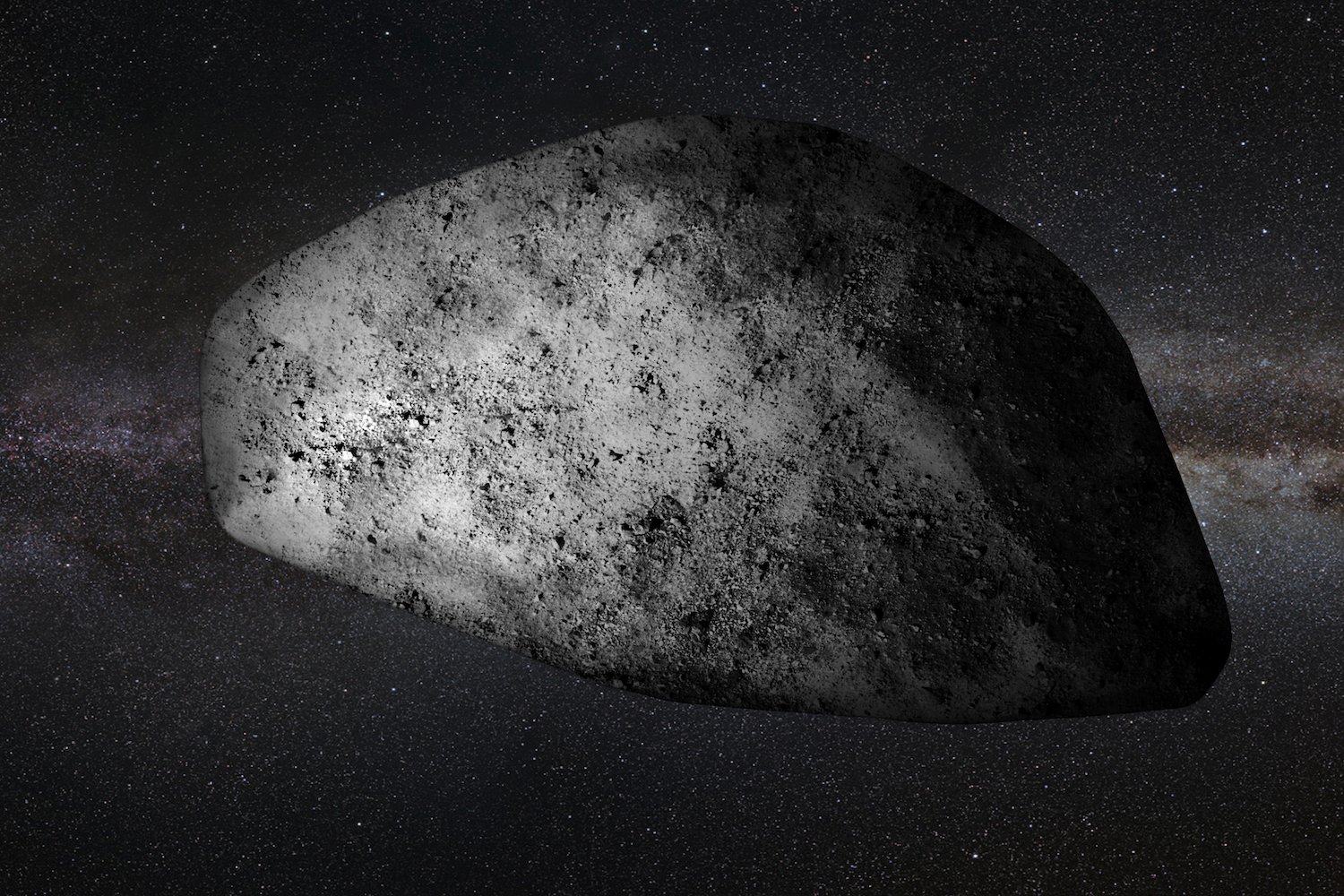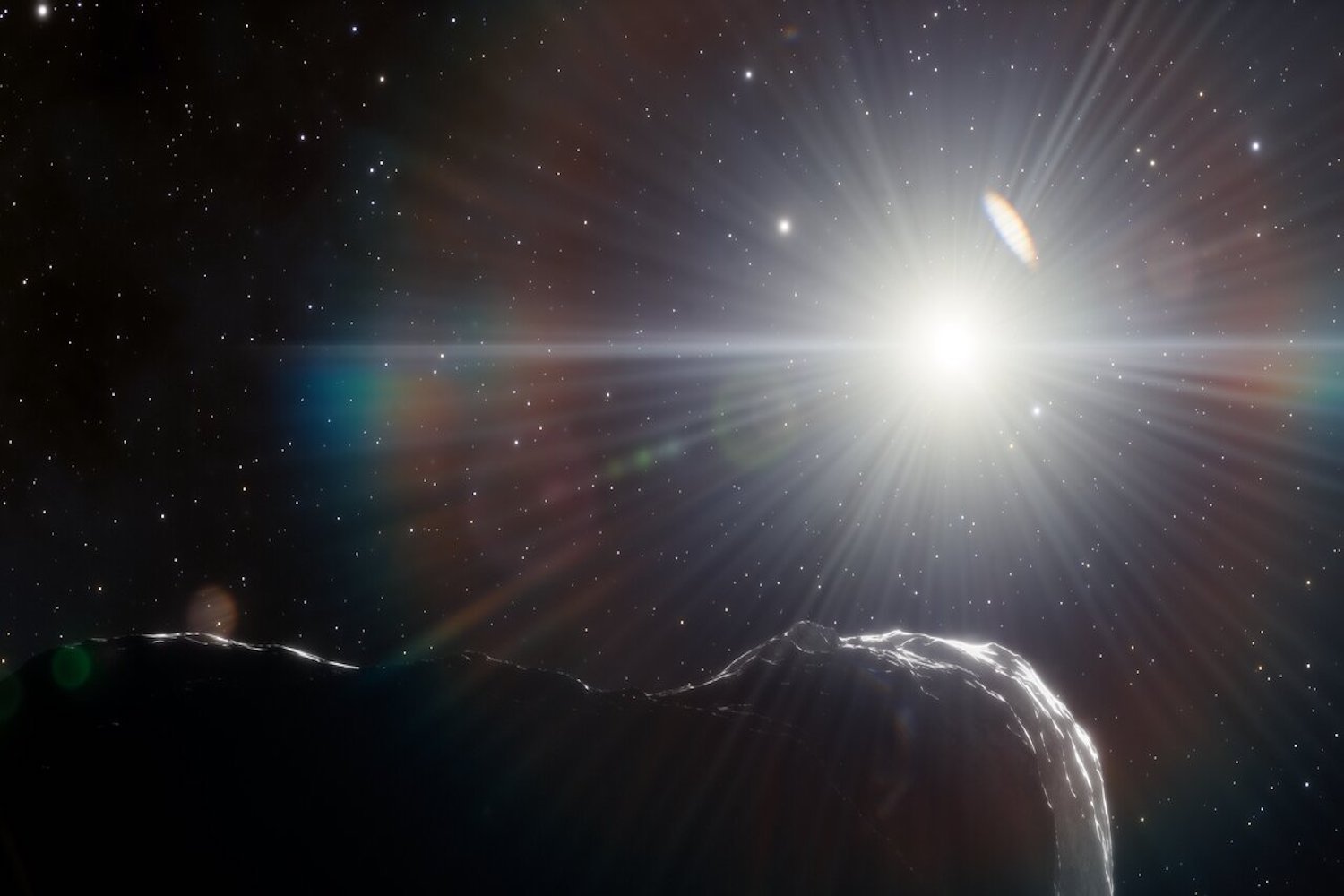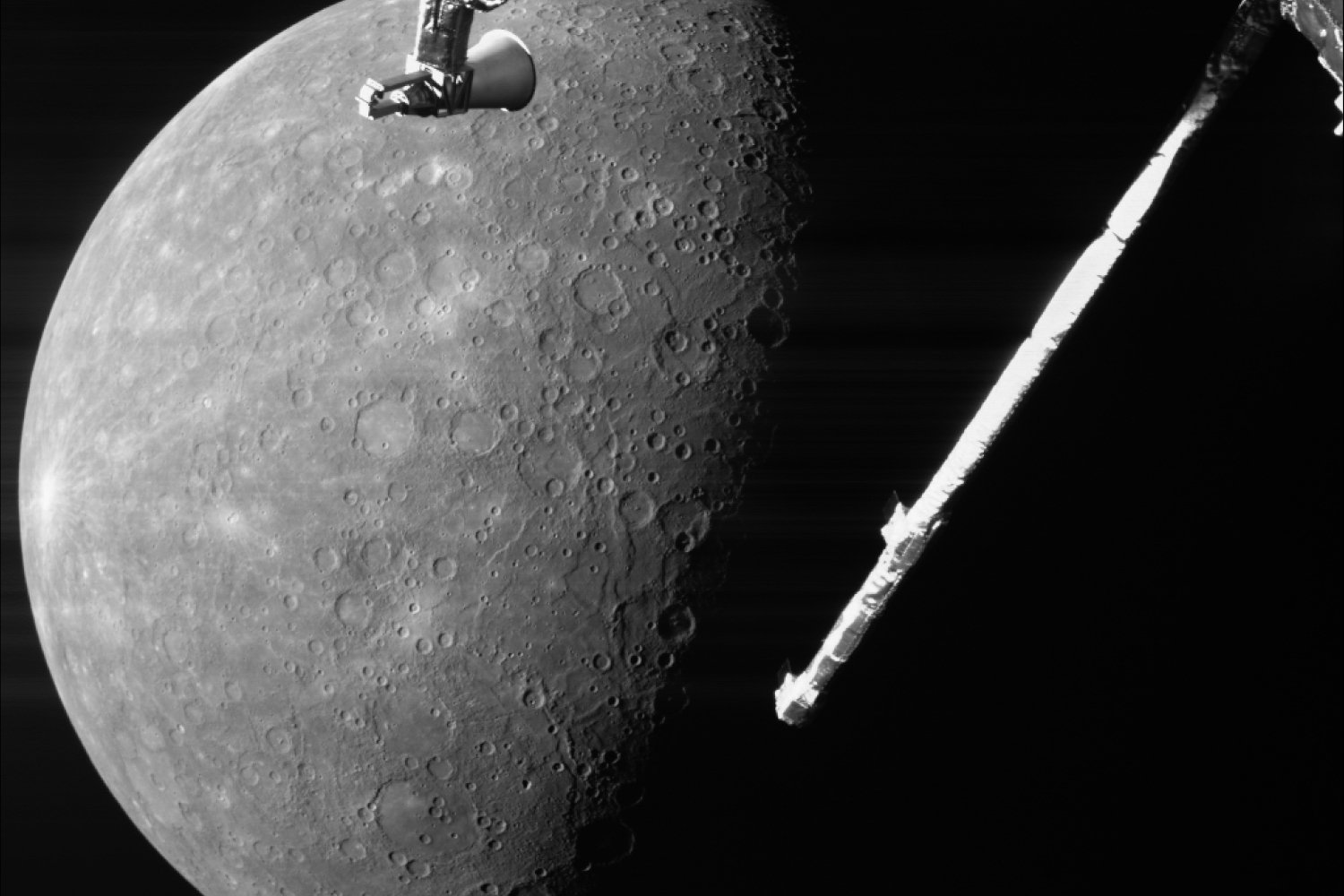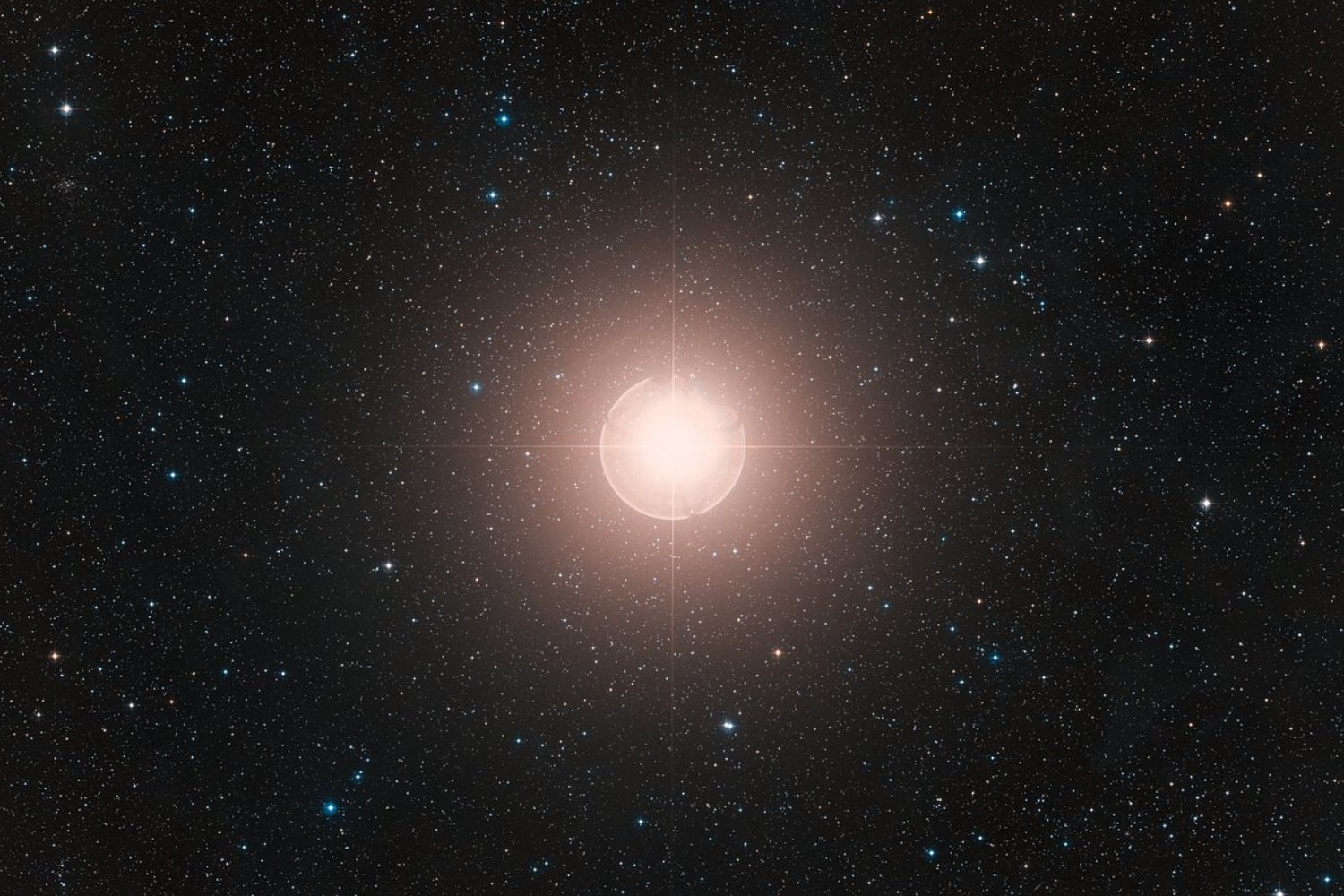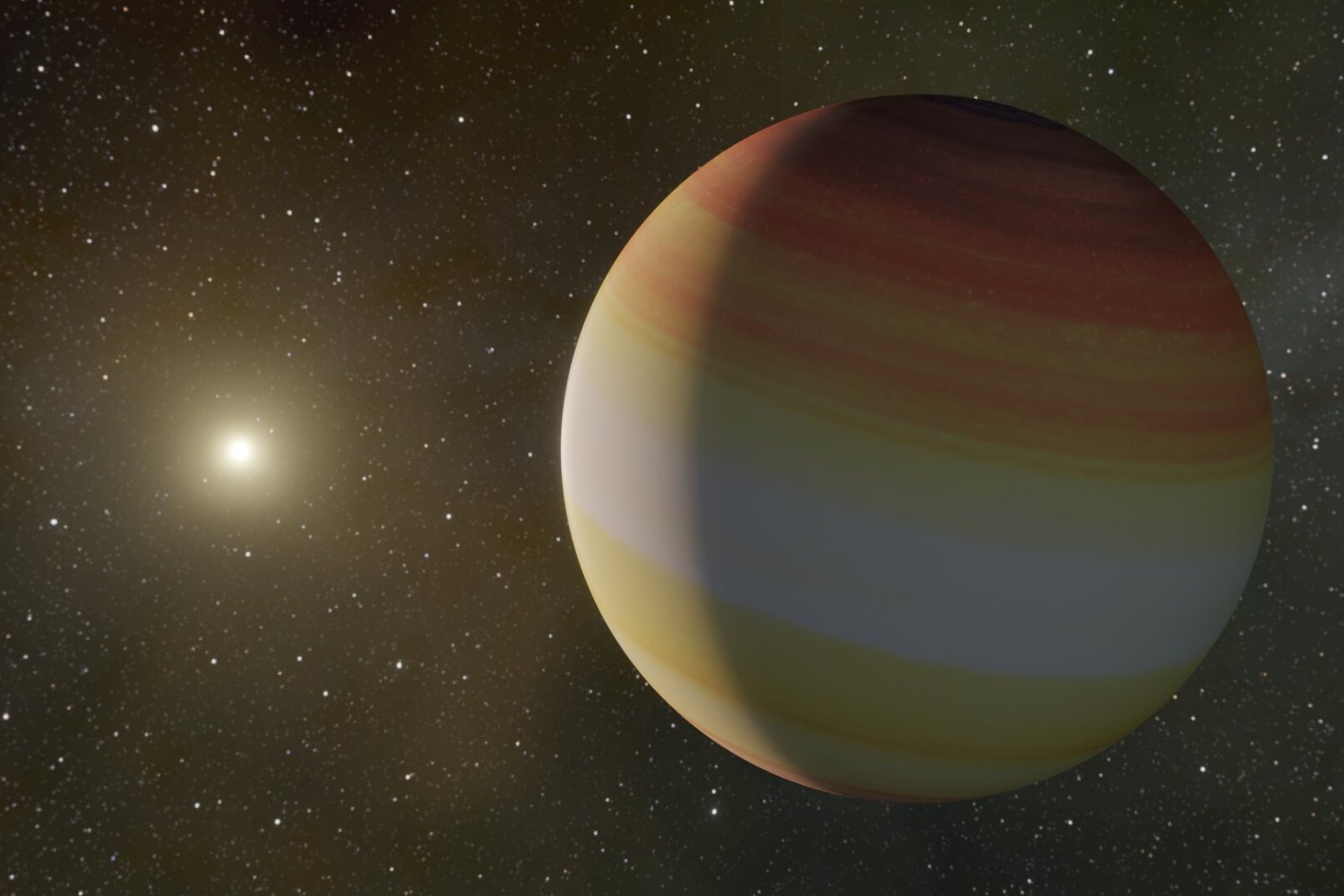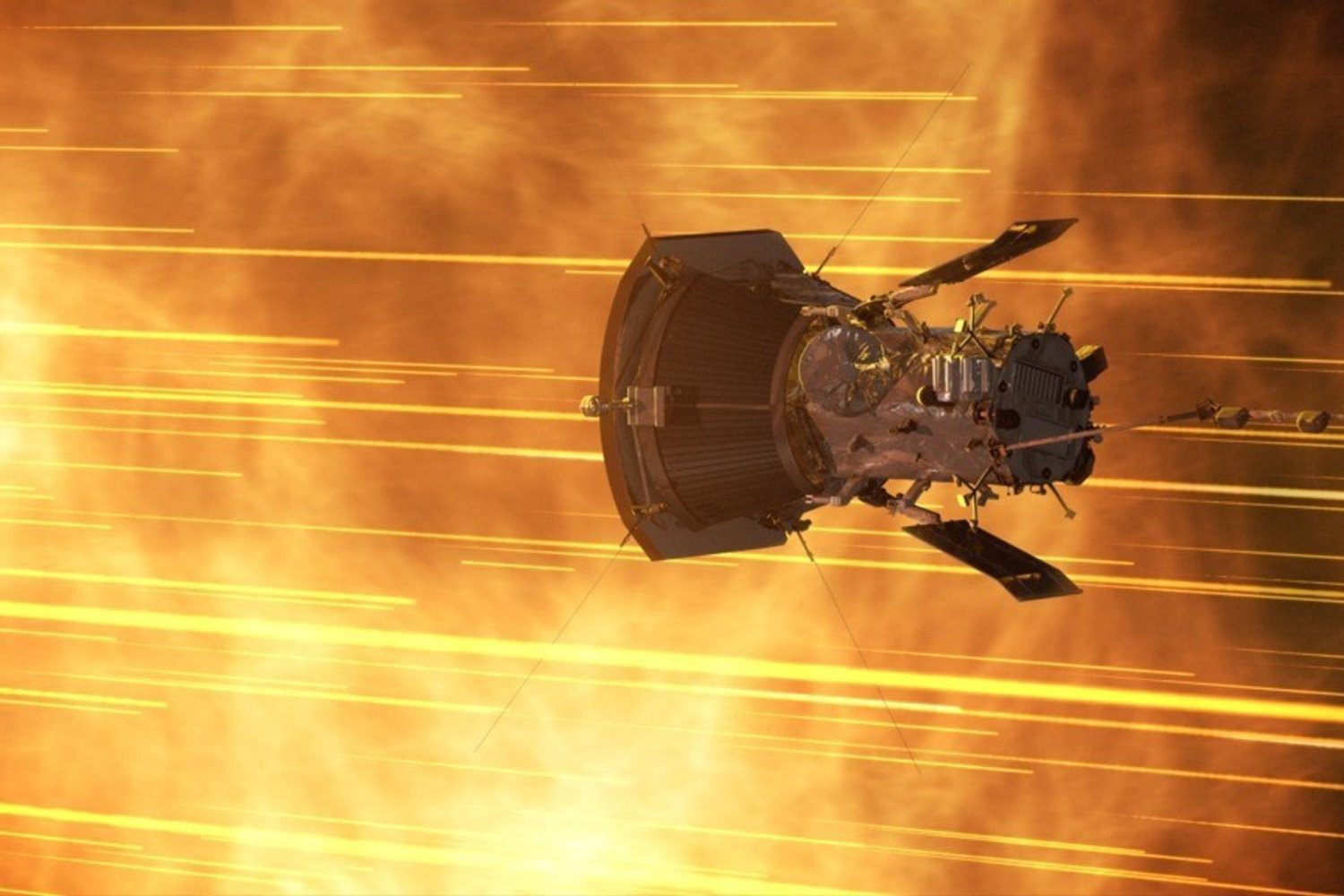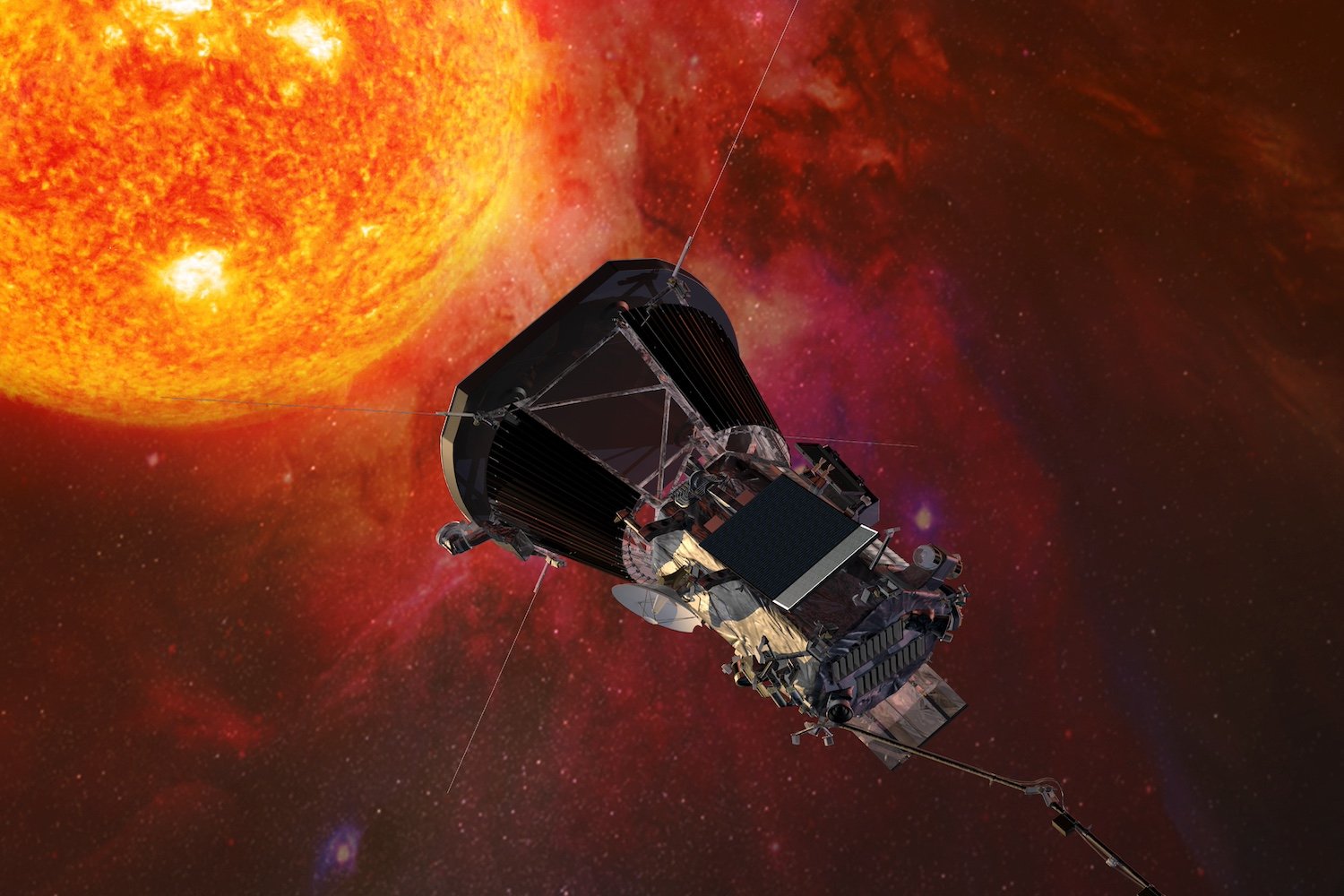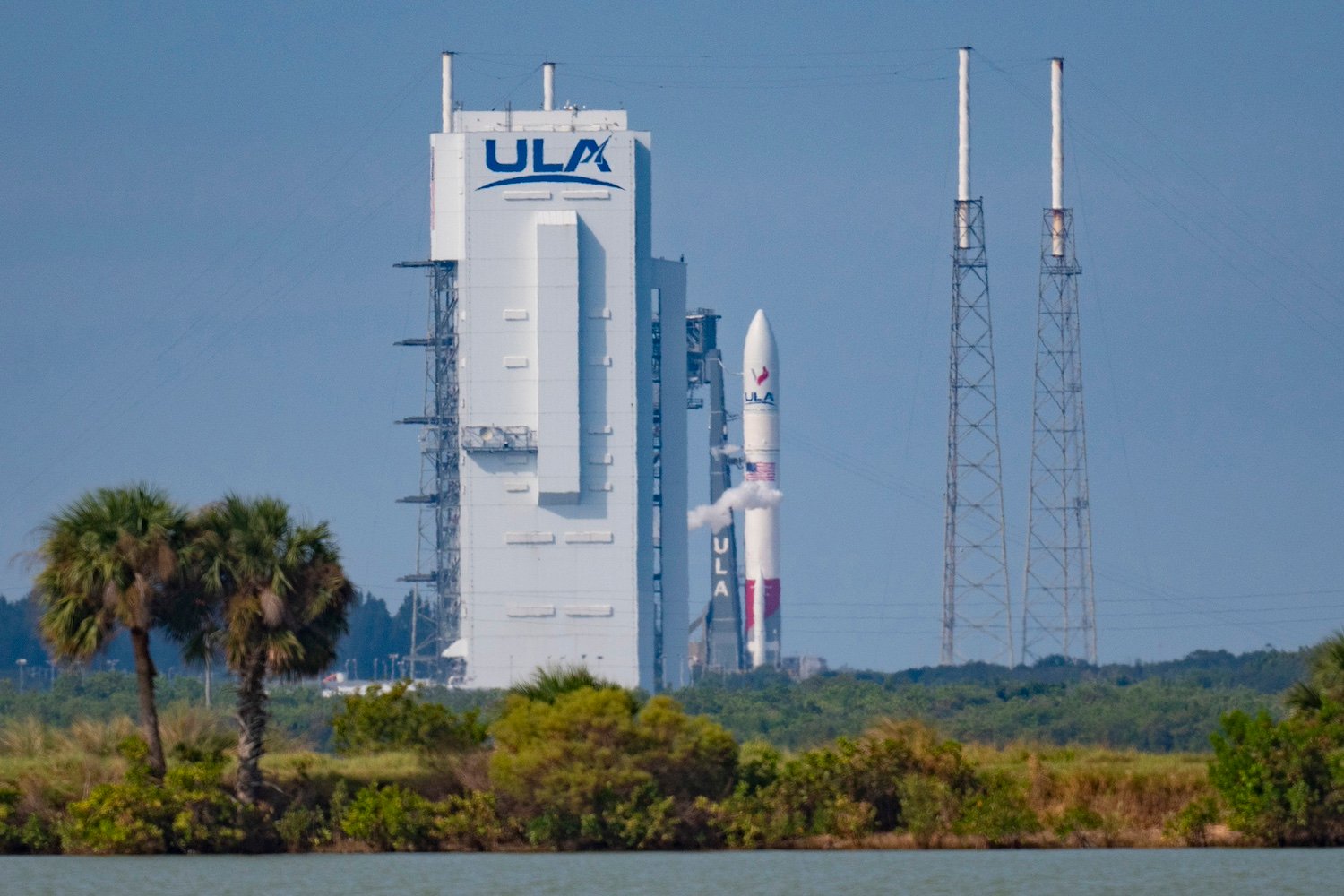Asteroid Apophis is currently not considered a threat to Earth during its upcoming close approaches. However, a recent study explores a highly improbable scenario where that could change. NASA’s 2021 analysis confirmed Apophis poses no immediate danger, with safe flybys predicted for 2029, 2036, and even the closer approach in 2068. Earth is expected to be safe from Apophis for at least the next century.
A Cosmic Billiard Ball Scenario
A March 2023 study in The Planetary Science Journal largely supported NASA’s findings. Astrophysicist Paul Wiegert of Western University, Canada, noted a near-encounter between Apophis and asteroid 4544 Xanthus in December 2026. While the two will come within 6,200 miles (10,000 kilometers) of each other, they’ll reach this closest point several hours apart, eliminating the risk of direct collision. However, debris accompanying Xanthus could potentially strike Apophis, altering its trajectory.
A Low Probability Impact
Wiegert’s updated research, also published in The Planetary Science Journal, explores the minuscule chance of Apophis colliding with a smaller, untracked asteroid. While acknowledging the extremely low probability, he notes observed collisions between asteroids and other space objects. Although Apophis isn’t on a direct collision course with any known asteroids, countless smaller, untraceable asteroids exist, many of which impact Earth annually.
According to Wiegert’s calculations, an asteroid of sufficient mass and velocity striking Apophis at precisely the right moment could alter its course toward Earth. The chances of such an impact are less than one in a million, and the odds of that impact redirecting Apophis towards Earth are even slimmer, less than one in a billion.
Observing Apophis: A Key to Understanding the Risk
Currently located in the daytime sky, Apophis will become observable again in 2027. Observing Apophis then will be crucial for assessing any potential risk. A single observation in 2027 could effectively rule out most of the impact risk. If a collision occurs shortly before Apophis emerges from the Sun’s glare, a change in trajectory might not be immediately apparent. However, the presence of debris would signal a significant event, prompting astronomers to recalculate Apophis’s trajectory.
Missions to Apophis
Appropriately named after the Egyptian god of chaos, Apophis will be the subject of future space missions. NASA’s OSIRIS-APEX spacecraft, formerly OSIRIS-REx, which previously visited asteroid Bennu, will rendezvous with Apophis in June 2029, following the asteroid’s close Earth flyby in April of that year.
The European Space Agency’s (ESA) Ramses mission is also slated to encounter Apophis. This mission, equipped with two CubeSats, will study how Apophis’s physical properties change due to Earth’s gravity during its flyby. The mission’s primary goal is to gather data on the asteroid’s origins and evolution, but the ESA also hopes to contribute to planetary defense systems. Ramses is scheduled to launch in April 2028.
A Catastrophic, But Not Existential Threat
Even in the worst-case scenario, an Apophis impact might not necessarily result in human extinction. While the asteroid, measuring about 1,100 feet (340 meters) long, might seem large, it is significantly smaller than the asteroid estimated to have wiped out the dinosaurs, which was six to nine miles (10 to 15 kilometers) wide. So, even in the most pessimistic outlook, the situation could be far worse.



